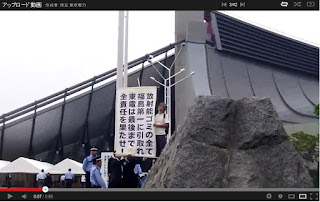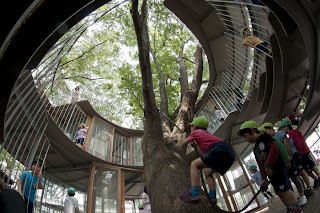Seetell: TPP ‘hands the sovereignty of our country over to corporate interests’
Last month, 10,000 of us submitted comments to the United States Trade Representative (USTR), in which we objected to new so-called free trade agreements. We asked that the government not sell out our democracy to corporate interests. Because of this pressure, the USTR finally let a member of Congress – little ole me, Alan Grayson – actually see the text of the Trans-Pacific Partnership (TPP). The TPP is a large, secret trade agreement that is being negotiated with many countries in East Asia and South America. The TPP is nicknamed “NAFTA on steroids.” Now that I’ve read it, I can see why. I can’t tell you what’s in the agreement, because the U.S. Trade Representative calls it classified. But I can tell you two things about it. 1) There is no national security purpose in keeping this text secret. 2) This agreement hands the sovereignty of our country over to corporate interests. 3) What they...






